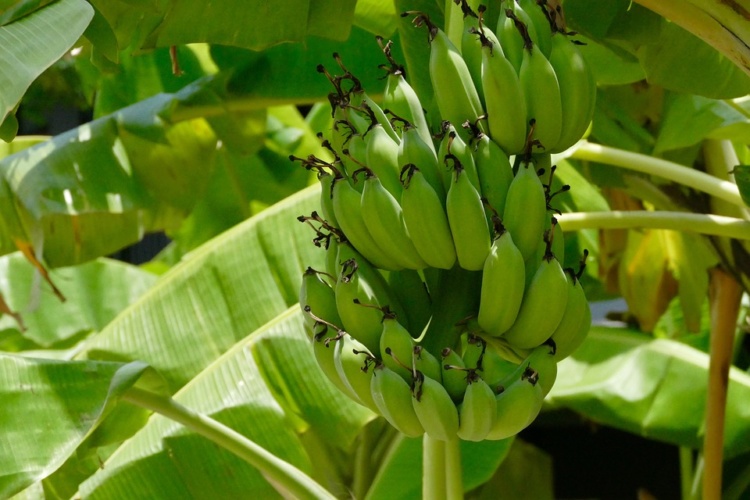Banana waste converted into biodegradable plastic
Researchers in Australia have devised a method to transform agri-waste from the banana industry into biodegradable, non-toxic, bioplastic.

The technique, developed at the University of New South Wales (UNSW) in Sydney, takes the pseudostems of the banana plant and converts the waste into nanocellulose, which can then be used as a feedstock to create bioplastics. According to the researchers, the actual fruit of the banana tree makes up just 12 per cent of the plant, with the rest discarded as waste. This makes the crop an enticing target for alternative uses, both to reduce waste and provide a solid supply of raw materials for industrial production of bioplastics.
MarinaTex bioplastic wins international Dyson prize
Spiders’ silk gives strength to wood-based bioplastics
“What makes the banana growing business particularly wasteful compared to other fruit crops is the fact that the plant dies after each harvest,” said Associate Professor Jayashree Arcot, UNSW School of Chemical Engineering. “We were particularly interested in the pseudostems – basically the layered, fleshy trunk of the plant which is cut down after each harvest and mostly discarded on the field. Some of it is used for textiles, some as compost, but other than that, it’s a huge waste.
Register now to continue reading
Thanks for visiting The Engineer. You’ve now reached your monthly limit of news stories. Register for free to unlock unlimited access to all of our news coverage, as well as premium content including opinion, in-depth features and special reports.
Benefits of registering
-
In-depth insights and coverage of key emerging trends
-
Unrestricted access to special reports throughout the year
-
Daily technology news delivered straight to your inbox










Water Sector Talent Exodus Could Cripple The Sector
Maybe if things are essential for the running of a country and we want to pay a fair price we should be running these utilities on a not for profit...